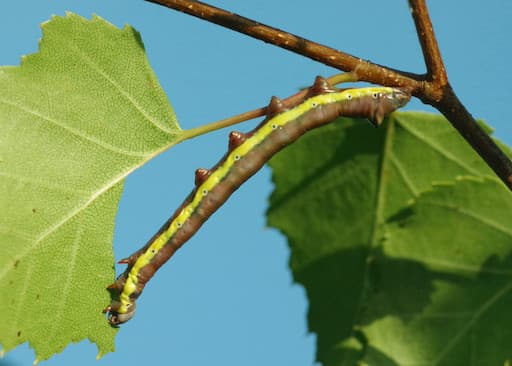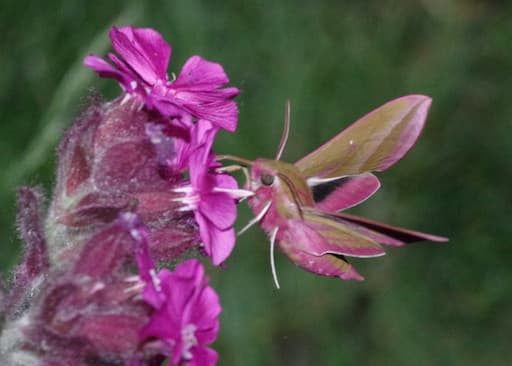Feeding
Jock knows that caterpillars are always very hungry! Most caterpillars are vegan and will merrily munch on plant leaves, though some do like seeds and flowers. Some will eat any type of leaves; they're called generalist feeders, whilst others are very fussy and are called specialist feeders. The female adult moth will lay her eggs on the caterpillar’s favourite food plant so it can start munching just as soon as it hatches! On the menu could be leaves, flowers, seeds , buds, blooms, grass, even bark and twigs! Some will even eat other caterpillars - yuk!
Adult moths will feed on nectar and are important pollinators. Think of night flying moths as the pollinators night shift! When we are asleep, moths are doing really important work pollinating plants.
That said, there are some adult moths which don't feed at all, living off the fat stores from all that food munched when they were caterpillars! Those which do feed, do so through a proboscis, a sort of tube, which reaches deep into the flower as they suck up the nectar. They use the nectar to power their wings. Some can also suck up tree sap, juices from decaying fruits, manure liquids - their aim is to gain energy to help them find a mate and reproduce.
Pesky Moths - Clothes Moths
Okay, although Jock loves moths, it has to be said that there are only 2 types of moths found in the UK which cause problems in our houses. Jock has heard that us humans can get angry with the Common Clothes Moth (the main culprit) and the Case Bearing Clothes Moth.
These are hardly ever seen as they like quiet dark places and don't like the sunlight.
The adult moths don't actually feed. The female lays her eggs in natural fibres - that’s because they contain keratin, a form of protein which the larvae can digest. When the larvae (caterpillars) hatch, off they set on a munch fest! On their menu could be clothes, furnishings, carpets. They don't like cotton or man-made fibres. Especially in the old days, chemicals, like mothballs , were used, as they give off toxic fumes, but nowadays cedar balls, and lavender will help repel the adult moths. Dry cleaning destroys pests. Clothes which have been attacked can be put in the freezer for at least 2 weeks to kill the larvae.
For more information:
This is part of the Moths and Caterpillars information.

